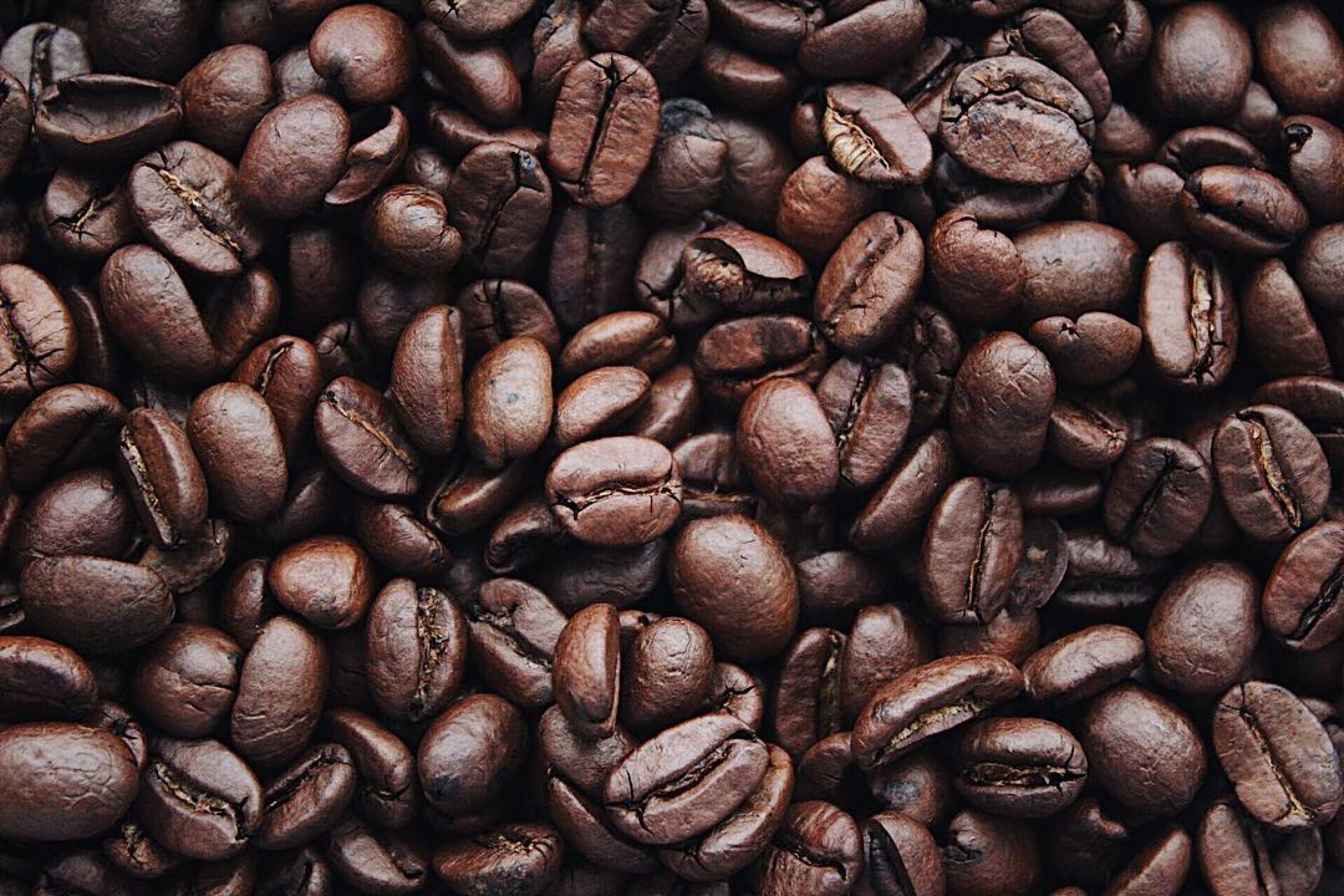Whether we do not know what yerba maté, guarana or even kola nut are, is still passing, on the other hand it is impossible not to know coffee and tea as they have established themselves as essential and essential for centuries. . The physiological action of all the substances mentioned above on the body is partly attributed to their caffeine content .
Caffeine is found in many products (coffee, tea, chocolate, soft drinks, and over-the-counter medications). It is important to check the sources of caffeine in the diet so that you consume it moderately on a daily basis.
What are the pharmacological properties of caffeine?
Caffeine is particularly known to increase attention and decrease drowsiness . Locally, caffeine activates lipolysis and transforms fat reserves into free fatty acids. Stimulating the central nervous system, it therefore increases vigilance and thus maintains the state of wakefulness.
Caffeine actually stimulates the entire central nervous system and in particular the respiratory centers. It can indeed cause vasoconstriction of the cerebral vessels and has effects on the cardiovascular, respiratory and gastrointestinal systems. In addition, it acts at the level of skeletal muscles, renal blood flow, glycogenolysis and lipolysis.
After digestive assimilation, the molecule is redistributed via the bloodstream in all the tissues of the body. In healthy adults, the half-life of caffeine is 2 to 12 hours. It increases when taking oral contraceptives, during pregnancy, in infants and young children, without exceeding 12 hours, except in severe liver disease, where it can reach 96 hours. Conversely, smoking can decrease it .
Metabolized in the liver by the enzymatic route of cytochrome P450 (1A2), it is degraded into three isomers of dimethylxanthine: paraxanthine (84%), lipolytic, which increases the plasma level of glycerol and fatty acids; the theobromine (12%), vasodilatory and diuretic; the theophylline (4%); bronchodilator and anti-asthmatic.
A little history
As the use of a plant, both medicinally and gastronomically, is often linked to a legend , here is the one concerning coffee:
“A convent in Yemen had a herd of goats which used to graze on the slopes of the nearby hills. Kaldi , their shepherd, noticed that his goats went into great excitement whenever they grazed the leaves and fruits of the coffee tree. The muphti, warned, tried on himself the effect of the drink obtained by infusion of some dried fruits and then felt himself overcome with a marvelous exaltation: his mind remained awake and alive, without his body giving in to sleep. All the holy men of the convent, following him, drank the infusion in order to gain a few more hours of sleep to be devoted to prayer and meditation. ”
Can caffeine be addictive?
Resulting from a substantial chronic consumption of caffeine , caffeine is defined accordingly by symptoms such as irritability, nervousness, sensory and gastrointestinal disturbances, tachypnea, palpitations, flushing, arrhythmia and an diuresis. Because yes, caffeine being a purine base of alkaloids , can cause addiction, and it is quite possible to become totally dependent on it.
Withdrawal is mainly manifested by headaches occurring within 12 to 24 hours after stopping caffeine. Other symptoms (fatigue, dysphoric mood, difficulty concentrating, depression, etc.) will extend over a period of 48 hours to a week.
What are the precautions for use with caffeine?
ANSES considers that the multiplication of sources of caffeine , in particular via so-called energy drinks, combined with the current consumption patterns of these drinks is likely to generate risky situations. The French agency recommends avoiding the consumption of so-called energy drinks in association with alcohol or during physical exercise, and, in general, to moderate their consumption.
In some cases, she advises to be particularly vigilant with regard to caffeine intake , in particular via so-called energy drinks: this recommendation concerns pregnant or breastfeeding women, children and adolescents, people sensitive to the effects of caffeine. or presenting certain pathologies in particular certain cardiovascular, psychiatric and neurological disorders, renal insufficiency, severe hepatic diseases.
Caffeine should therefore be taken with caution in heavy consumers of foods, drinks and other products rich in caffeine (coffee, tea, yerba, mate, kola nuts, etc.), given the cumulative effect. of the molecule, in subjects treated with amiodarone, MAOIs and sympathicomimetics other than ephedrine and in subjects with glaucoma.
The risks of toxicity :
- Avoid taking before bedtime as caffeine can cause sleep disturbances and reduce sedative effects.
- Maximum daily caffeine dosages are set for adults of 400-450 mg.
- At high doses (> 2g of caffeine / day), there is a risk of caffeine intoxication, which can lead to rhabdomyolysis, causing serious and irreversible muscle damage.
- In case of caffeine overdose: excitability, restlessness, headache, increased urine output, palpitations, rapid breathing, gastrointestinal disturbances.
The contraindications :
Caffeine is contraindicated in cardiovascular disorders such as hypertension , tachycardia, and arrhythmia. They should also be avoided in cases of insomnia , anxiety disorders, progressive gastric or duodenal ulcers or even hyperthyroidism .
Are there drug interactions with caffeine?
Caffeine can interact with a large number of synthetic drugs :
Benzodiazepines:
The addition of caffeine and benzodiazepines effectively reduces the sedative and anxiolytic effects of benzodiazepines.
Theophylline and bronchodilators:
The combination of these substances with caffeine leads to an increase in the cardiac side effects of theophylline and bronchodilators.
Treatments for diabetes:
Caffeine can interfere with diabetes treatments.
Diuretics, lithium, cimetidine, antacids, clozapine:
Caffeine increases the effect of diuretics as well as a decrease in blood lithium concentration. Caffeine stimulates the production of acid in the stomach and may interfere with the effect of antacids. Cimetidine slows down the elimination of caffeine, which can increase its side effects.
Monoamine oxidase (MAO) inhibitors, amiodarone, alendronate:
There is an interaction between monoamine oxidase inhibitors (MAOIs) and caffeine (described cases of encephalopathy, tachycardia, hypotension, rhabdomyolysis, hyperthermia).
Caffeine can ultimately inhibit the absorption of alendronate (prescribed for osteoporosis ).
Anticoagulants / antiplatelet agents:
In particular, caffeine can increase the risk of bleeding in people being treated with anticoagulants and antiplatelet drugs.
Nicotine, sympathomimetics other than ephedrine:
Caffeine may increase the side effects of central nervous system stimulants (ephedrine), and also increase the risk of nicotine addiction.
Certain antibiotics:
Indeed caffeine causes drug interactions with disulfiram, riluzole, terbinafine, verapamil and fluvoxamine.
In the event of regular and / or intensive use of caffeine in combination with these molecules, we recommend seeking medical advice and / or monitoring.
Oral contraceptives:
Oral contraceptives containing estradiol, as well as hormone replacement therapy, increase the level of caffeine in the blood which can lead to overdose.
The alcohol :
Alcohol interacts with caffeine. Their combination could increase the risk of visual disturbances and, therefore, the risk of a traffic accident.
Ephedrine:
Interactions also relate with preparations based on ephedrine.
Sources:
- European medicines agency, Community herbal monograph on caffeine ex HBK var. sorbilis (Mart.) Ducke, semen, 2013
- European scientific Cooperative on phytoterapy, caffeine, 2nd, 2009
- Rodrigues M. et al., Herb-Drug Interaction of caffeine on the Pharmacokinetics of Amiodarone in Rats, Evid Based Complement Alternat Med., 2012
- Raynaud J., Prescription and advice in phytotherapy, Tec & Doc, 2005
- Liguori A. et al., Absorption and subjective effects of caffeine from coffe, cola and capsules, Pharmacol Biochem Behav, 1997
- Newton R. et al., Plasma and salivary pharmacokinetics of caffeine in man, European Journal of Clinical Pharmacology, Springer, 1981
- Bolton S., Null G., Caffeine: Psychological Effects, Use and Abuse, Orthomolecular Psychiatry, 1981
- Lippincott W. & W., Physician’s Drug Handbook, Springhouse, 2007
- Boozer CN et al., Herbal ephedra / caffeine for weight loss. A 6 month randomized safety and efficacy trial, Int J Obes Relat Metab Disord., 2002
- Oladehinde MK, et al., Central nervous system stimulants; effect on visual functions and occurrence of road traffic accidents, Ann Ital Chir., 2009







